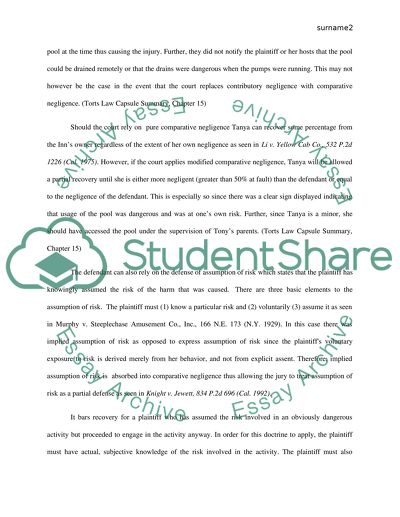Cite this document
(“Defenses in Negligence Admission/Application Essay”, n.d.)
Defenses in Negligence Admission/Application Essay. Retrieved from https://studentshare.org/law/1446496-negligence
Defenses in Negligence Admission/Application Essay. Retrieved from https://studentshare.org/law/1446496-negligence
(Defenses in Negligence Admission/Application Essay)
Defenses in Negligence Admission/Application Essay. https://studentshare.org/law/1446496-negligence.
Defenses in Negligence Admission/Application Essay. https://studentshare.org/law/1446496-negligence.
“Defenses in Negligence Admission/Application Essay”, n.d. https://studentshare.org/law/1446496-negligence.


